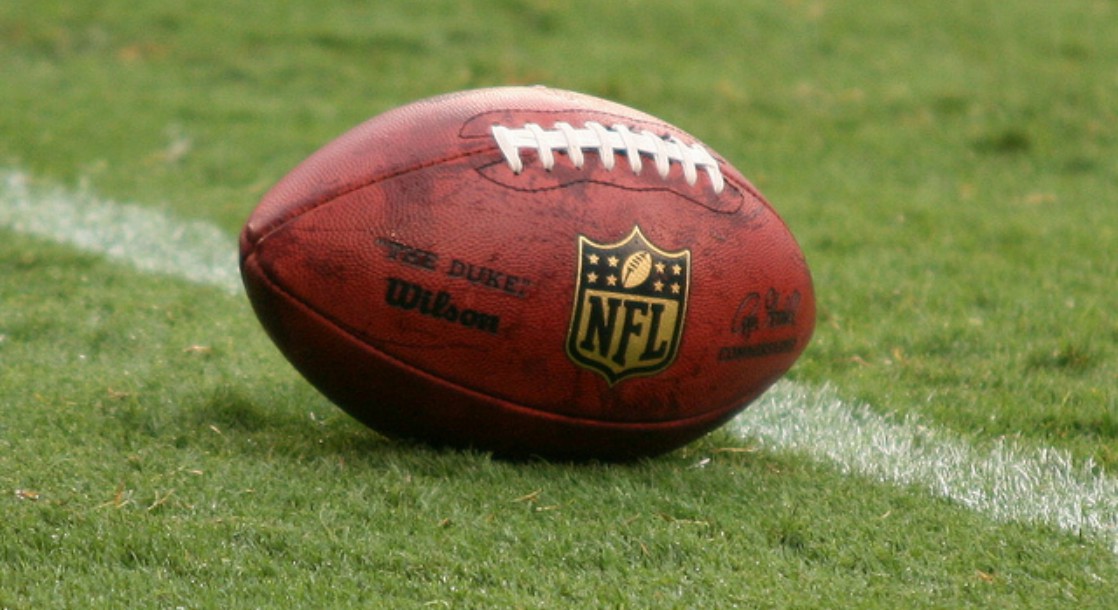Even as teen use of cannabis continues to decline, adult use of the drug continues to increase, according to the 2016 National Survey on Drug Use and Health. The percentage of adults over age 18 who admitted to using pot has increased from 10.4 percent in 2002 to 14.1 percent in 2016, which amounts to about 46 million cannabis users. Over that same time period, teen usage of cannabis has decreased steadily, hitting a record low of 6.5% last year, the lowest rate since 1994.
One of the most significant changes noted in the survey is the increase in adult daily use of cannabis. Almost 19% of survey participants admitted to using cannabis at least 300 days a year, up almost 50% from the 12.2% rate reported in 2002. Daily alcohol use rose only slightly over that same time period, to 6.6% last year from 6.2% in 2002. However, the survey did not ask how much cannabis these daily users consumed, so it is uncertain how many daily users are smoking all day long or how many may be simply taking a single toke before bed.
These statistics have led public health officials to speculate that the number of individuals with a cannabis dependency may be increasing. Fortunately, public opinion is turning away from prohibition as a solution to a potential marijuana dependency problem, and legalization advocates have noted that tobacco use has declined substantially over the past two decades as a result of public health campaigns, without any federal prohibition of tobacco.
Many public health officials are calling for a balance to be struck between prohibition and full commercial acceptance of cannabis use. As increasing numbers of U.S. states legalize marijuana, health officials will be able to observe which states' cannabis laws and regulations are most effective at handling users who may be struggling with dependency issues.











